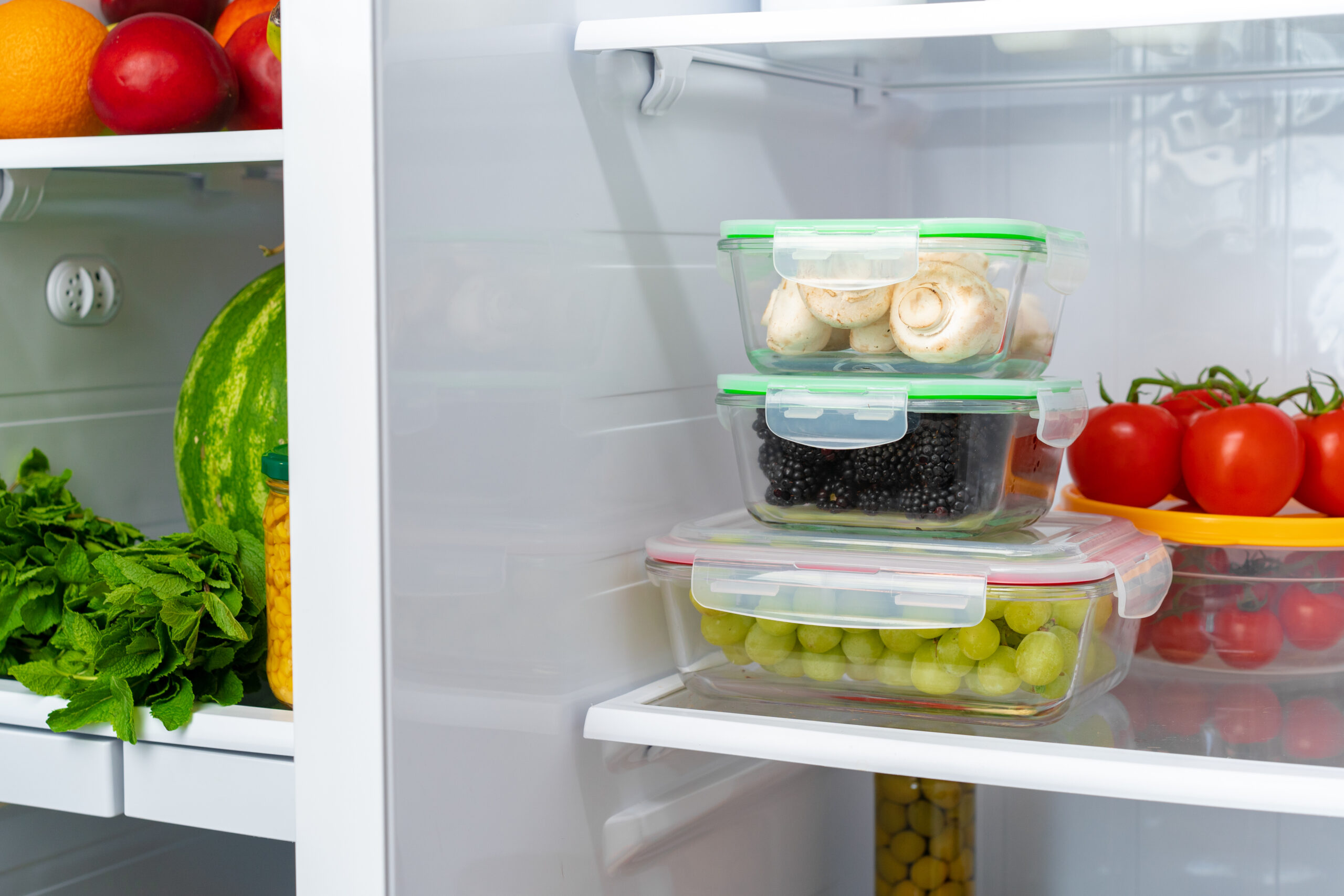Food storage ideas
To minimize waste, save money, and assure the safety and quality of the food you consume, it is crucial to store and preserve food properly. Here are some pointers for properly preserving and storing food:
Use Airtight Containers: To keep moisture and pests out, store dry items like grains, flour, sugar, and pasta in airtight containers. Good choices are glass containers with sealed lids, Mason jars, and food-grade plastic containers.
To maintain track of food freshness and prevent food spoiling, label containers with the contents and the date of storage.
Keep It Dry: To keep goods like bread, crackers, and cereals fresh, store them in a cold, dry area. To keep bread fresher longer, use bread boxes or airtight containers.
Make Good Use of the Fridge: Store perishable foods like dairy, eggs, and fresh produce there. To prevent bacterial growth, keep the refrigerator temperature at or below 40°F (4°C).
Proper Produce Storage: The amount of time that various fruits and vegetables should be stored depends. Leafy greens and berries, for example, should be kept in the refrigerator, whereas tomatoes and bananas should be kept at room temperature. To maintain humidity levels, use crisper bins and produce drawers.
For longevity, freeze: Food can be kept fresh for a very long time by freezing. To avoid freezer burn, use sealed freezer bags or containers. Indicate the date and the contents on containers. In order to allow for proper air circulation, avoid overloading your freezer.
Vacuum Sealing: By removing air from the packaging and vacuum-sealing food, many products’ shelf lives can be increased. For perishable foods like meat, fish, and other produce, this is especially helpful.
The First In, First Out (FIFO) method should be used: Older things should be in the front of your pantry, refrigerator, or freezer, while newer ones should go in the rear. This makes sure that you use things before they go bad.
Preserving and canning: Ιf you have access to fresh fruits and vegetables, learn safe canning and preservation procedures. Seasonal produce can have its shelf life increased through canning, pickling, and the creation of jams and preserves.
Buy a food dehydrator to preserve fruits, vegetables, and herbs by drying and dehydrating them. Dehydrated foods are excellent for snacking because they may be kept for a long period.
Herbs should be stored properly by either drying them out or freezing them in ice cube trays with water or oil. Keep dried herbs away from light and heat in sealed containers.
Rotate Stock: Keep an eye out for things that are getting close to expiring in your refrigerator and pantry. In order to reduce waste, organize meals around ingredients that must be consumed.
Keep Cross-Contamination at Bay: To stop the spread of dangerous bacteria, store raw meat, poultry, and shellfish separately from other items in the refrigerator.
Use Produce Drawers: To keep fruits and vegetables fresh, use the humidity settings on your refrigerator’s produce drawers. Leafy greens do best in high humidity, whereas fruits like apples and pears do best in low humidity.
Follow Food Safety Guidelines: Always adhere to food safety guidelines, such as refrigerating leftovers promptly, cooking food to safe temperatures, and practicing good hand hygiene when handling food.
By following these tips, you can reduce food waste, save money, and ensure that your food stays safe and fresh for longer periods

